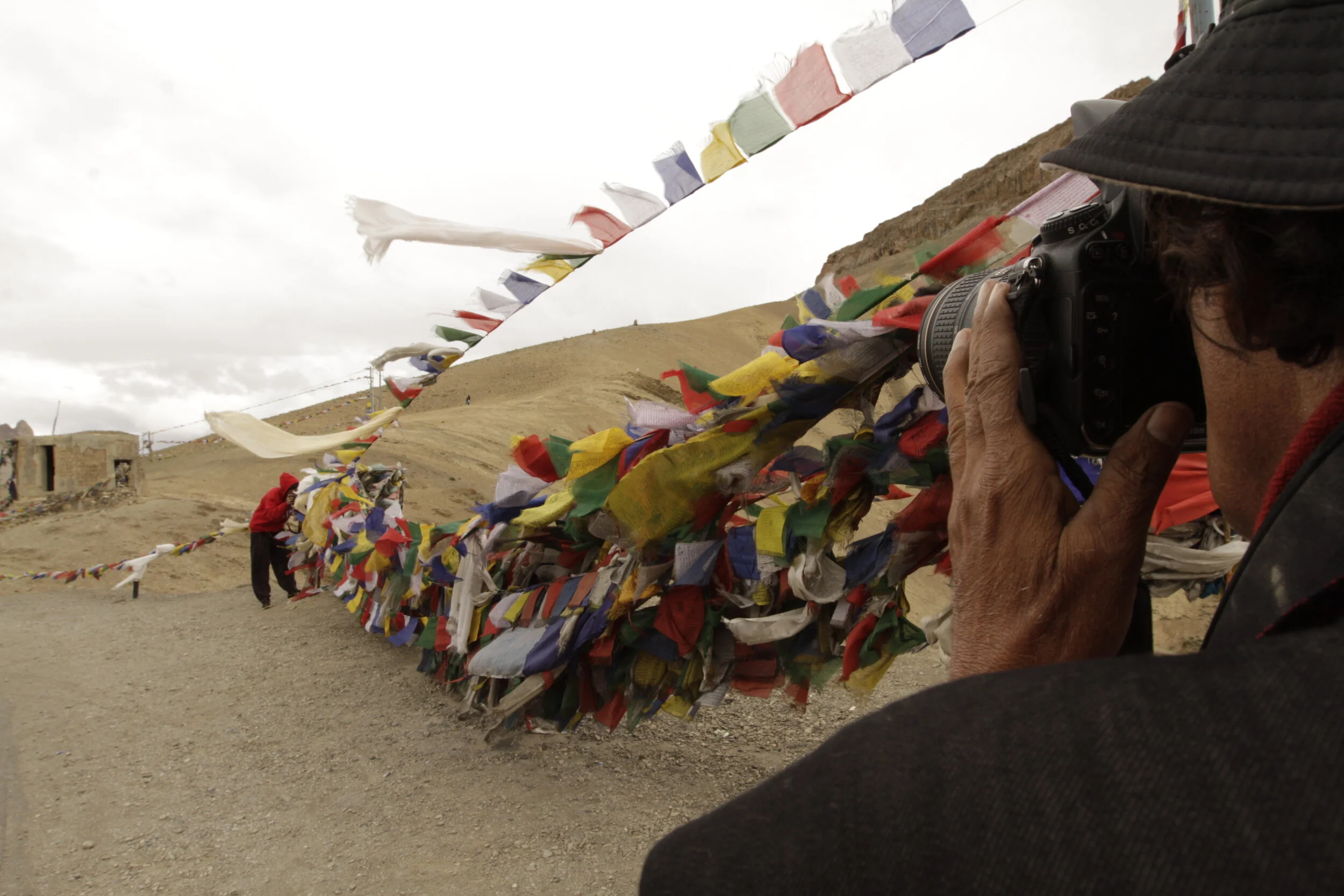The Best Days of Our Lives?!
With her latest film, Nicole Nielsen Horanyi follows her directorial path of making films about strong women as well as human relationships and hardships to touch upon broader societal issues.
The Stranger (En Fremmed Flytter Ind in Danish) screened at Nordisk Panorama in 2018 tells the story of Amanda, a single mother from a Copenhagen suburb, by employing the technique of re-enactment. The moments of the past and the present smoothly blend and the feeling of uncertainty, curiosity and excitement is evoked. Although re-enactment has often been used in documentaries, either through live action, animation or in some other forms, this time Horanyi asks the real participants of the events to play themselves and share their own memories. This particular, and in this instance fitting, but somewhat trendy approach to documentary filmmaking results in a cautionary tale.
Despite dealing with a local but high-profile case, The Stranger works on a universal level, benefitting greatly from the viewers’ familiarity with the concept of love (as well as the romantic comedy and drama genres). As opposed to more traditional re-enactment sequences, here the fourth wall has been broken. In addition to narrating her own story, the protagonist talks to the viewers directly. They are warned and informed about the nature of the events and about the actor hired to play Amanda’s romantic partner. Every essential detail of their fairy-tale romance is analysed and reflected upon without casting any judgements. Amanda is the only person given the opportunity to draw conclusions and contemplate her actions. Reminiscing about her past, she naturally joins Nielsen Horanyi as a kind of co-director (co-creator) instructing her actor partner when needed.
Due to this core element, the confirmation of crossing the line between past and present must occur continually. This is also enhanced by the director who occasionally steps into the frame or asks questions for accuracy’s sake while standing behind the camera. With the graphics displayed cleverly on the screen, new technologies are incorporated impeccably. These interludes prevent the creators from romanticizing the fairy tale and dabbling with the genres too much. Reality constructs the dramaturgy skilfully. Once the interplay between past and present has stopped, the flow is strikingly interrupted and the intimate tone vanishes immediately. Even the smallest grain of illusion evaporates into thin air and the mysterious – and fairly miraculous – love story is officially over…
Horanyi’s directorial choices not only serve to honestly replicate the events but also allow the viewers to fully identify and empathise with Amanda. Yet the epilogue – offering closure and expanding the frames to embrace the past of Amanda’s partner – feels lengthy to some degree. Essentially, vulnerability, strength, women’s power as well as honesty and human decency are investigated while the film constantly reminds us of the danger of social media.
The Stranger stretches the tapestry of the documentary genre and praises self-representation by empowering the real participants to tell their – side of the – story. The film could easily be paired up with Marcus Lindeen’s The Raft (Flotten in Swedish) and compared to Joshua Oppenheimer’s controversial piece titled The Act of Killing.




